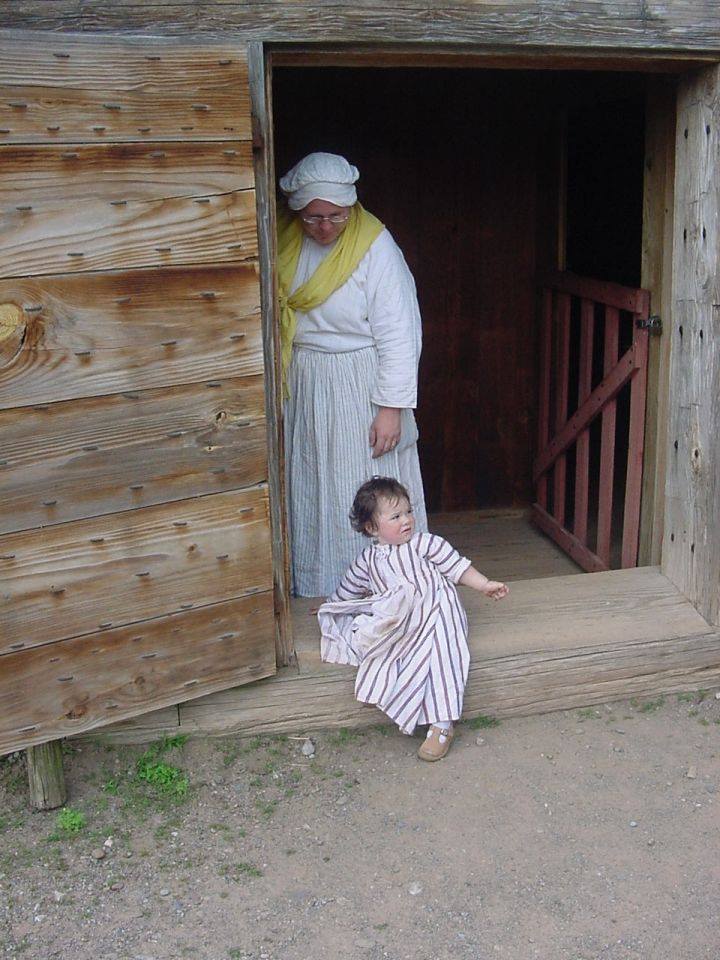The Oneidas were part of the great Six Nations Indian Confederacy. By the end of the French and Indian War, the Oneida found themselves largely the new “Keepers of the eastern door” of the symbolic confederacy longhouse. Most all Mohawk Nation land to the east had been settled by the colonists. Due to this, the Oneida worked hard to maintain their Independence and sovereignty. In this they were often thwarted by Indian superintendent Sir William Johnson, who continually denied their requests for things like blacksmiths and a church to be built in one of their villages. Johnson’s greatest misstep however was strong arming the Oneidas into allowing him to move the boundary line for colonial settlement up to Fort Stanwix, which cut deep into Oneida lands. This would leave a smoldering resentment against British authority amongst the Oneida. This growing resentment was further fueled by the Oneida’s missionary, the Reverend Samuel Kirkland. As war approached, Kirkland became an ardent rebel and passed his viewpoints on to the Oneida. Kirkland was also able to acquire the blacksmiths and build the church the Oneidas had requested. It would be the British invasion of their homeland in 1777 however, that finally led the Oneida into fully abandoning their neutral stance and siding with the Americans, against many of their other Six Nation brethren. All throughout the siege, the Oneida would perform scouting duties for the fort, including bringing Lt. Col. Willett the information that the Indian and Loyalist camps were largely deserted on August 6th. Prior to Willett setting out, another Oneida posed as a British allied Indian, and gave the British detachment that could have stopped Willett false information that sent them marching towards Oriskany. Oneida fought with Herkimer at Oriskany. The Oneida warrior Blatcop sped across the battlefield three times, striking left and right with his tomahawk. War Captain Honyerry is said to have killed nine of the enemy. His wife Two Kettles fought at his side with a brace of pistols and took over loading his rifle after Honyerry was wounded in the wrist. Two Kettles rode down into the Mohawk Valley after the battle to prepare people for the flood of wounded that would be returning. Oneida warriors also assisted the former Loyalist soldier Han Yost Schuyler in spreading his disinformation amongst the British camps concerning the size and nearness of Gen. Benedict Arnold’s relief column that led to the British ending the siege. The firm stand of the Oneidas with the Americans during the siege created a deep resentment in many of the British allied Six Nations Indians that led to a devastating campaign of revenge against the Oneida for the rest of the war.

Women of the Army (at least two that can be verified)
Women and children were a common part of camp and fort life in 18th century armies. Most often the families of soldiers, they performed important support duties that the armies of the day did not yet have systems in place to handle. Contrary to what is often thought however, cooking for the soldiers was not one of their normal duties. The most common and important duties of women and older children included washing the soldier’s clothing and helping to keep the hospitals clean. Soldiers were not often given much time to wash their clothes and even when they had the time, many did not understand the need to keep their clothing clean. In the days before hospital orderlies, women took on this role, cleaning chamber pots, changing and cleaning bedding and keeping the hospital as clean as possible. In his journal of the siege, Ensign William Colbrath of the 3rd NY Regiment notes that on July 28th “The Colonel sent off those Women which belonged to the garrison which have Children…” Because he emphasized the part about having children, it is believed that some women without children stayed behind to assist during the siege. One popular story of the creation of the “American Flag” that was constructed at the fort says that it was women still at the fort who stitched it together, but there is no factual information at present to support this. Ensign Colbrath himself confirms later in his journal the presence of women in the fort during the siege, noting on August 15th that “In the evening they [The British] threw their shells at us as usual and Slightly wounded a woman…” On August 21st, Colbrath again notes that …A heavy and continual firing was kept up…during which their Cannon & Mortars were playing on us very briskly, in which interim we had a man of the Artillery wounded & a Woman big with Child wounded in the Thigh…” While Colbrath gives us no indication of their duties during the siege, no doubt the women continued to be employed in their important functions of keeping the fort and soldiers as clean and healthy as possible in the over crowed siege conditions.
